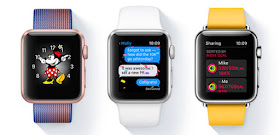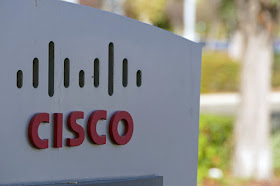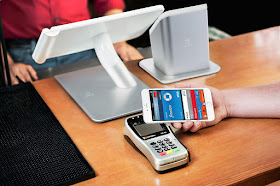
Apple Inc said its iPhone 6 and 6 Plus were still available for sale in China after Beijing's intellectual property regulators barred their sales saying the designs had infringed a patent held by a Chinese company.
"We appealed an administrative order from a regional patent tribunal in Beijing last month and as a result the order has been stayed pending review by the Beijing IP Court," Apple said in a statement on Friday.
The notice, dated May 19, banning sales of certain iPhone models in Beijing was posted on a Chinese government website.
The Chinese market is vital to Apple, driving more of its sales than any other region outside the United States. But the tech giant has faced greater scrutiny there in recent months, with its online book and film services blocked by Chinese regulators earlier this year.
Apple historically had enjoyed favorable treatment in China, but Beijing’s crackdown on the iPhone 6 and 6 Plus is a reminder that the tech giant is not immune to the scrutiny that other U.S. tech firms have long faced in the country, said analyst Colin Gillis of BGC Partners.
“There’s a variety of risks of having dependence on sales in China to Apple, and government intervention in whatever form is one of them,” he said.
Last month, Apple announced that it would invest $1 billion in Chinese ride-hailing firm Didi Chuxing, a move that was widely viewed as an attempt to shore up relations in China.














